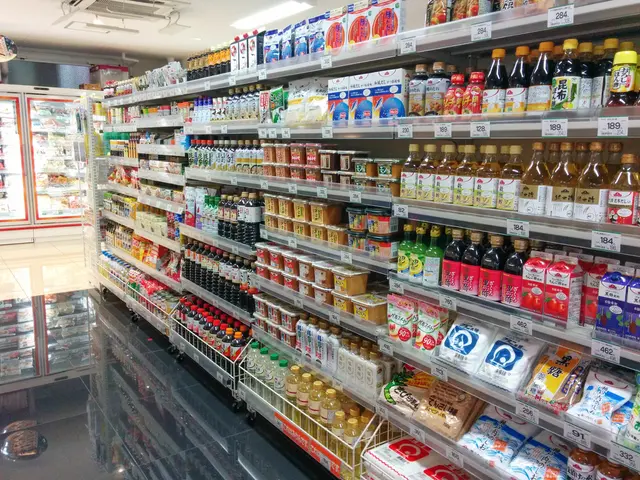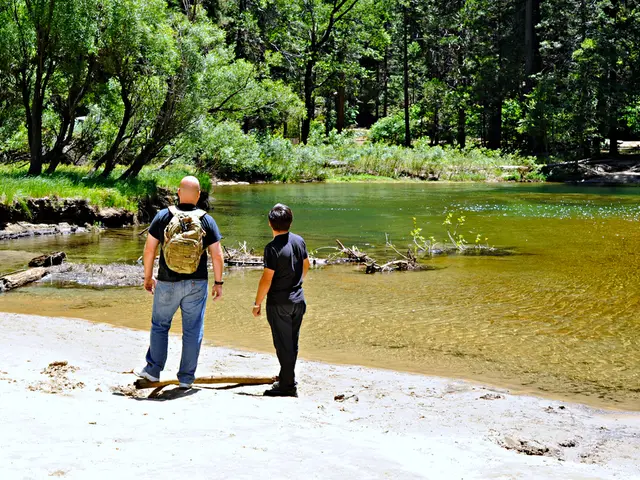Strategies for Achieving Fluency in Two Languages and Succeeding Academically
Bilingual education, a growing trend in modern education, is a dynamic approach that integrates two languages into teaching and learning. This method is designed to foster multilingualism and cultural awareness, providing numerous benefits for students.
At the heart of bilingual education are teachers who serve as facilitators and guides, navigating language acquisition and promoting cognitive development. They implement diverse pedagogical strategies that cater to varying proficiency levels in both languages, ensuring an inclusive educational environment.
One such strategy is Content-Based Instruction (CBI), where lessons are centered around subjects such as science, history, or mathematics, with language embedded within the context of the content. Thematic units, another pedagogical approach, allow educators to build lessons around central themes, promoting vocabulary development and critical thinking.
The Input Hypothesis underscores the importance of comprehensible input in acquiring language. Effective bilingual education recognizes the interdependence of language abilities and academic success, focusing on integrating language acquisition with content mastery.
Bilingual education is grounded in cognitive and socio-cultural theories focusing on bilingual proficiency development and cognitive control. Effective strategies emphasize metalinguistic engagement, use of both languages in instruction, early and individualized approaches, and environments that support active bilingual language use and reflection.
Translanguaging practices facilitate fluid encouragement of linguistic resources from both languages to deepen comprehension and expression. This approach, which encourages the strategic use of both the first and second languages within classroom instruction to support learning, is a key component of bilingual education.
Assessment and evaluation in bilingual classrooms encompass a range of strategies tailored to ascertain students' progress in both languages. These include formative and summative assessments, as well as alternative evaluation methods.
Collaboration among educators is vital in bilingual education, as they often work with specialists to design integrated lessons that connect language skills with academic content. Curriculum design in bilingual programs integrates language learning with content knowledge and incorporates cultural themes and perspectives.
Future trends in bilingual education and learning strategies include the use of virtual and augmented reality tools, adaptive learning technologies, an emphasis on translingual practices, and increased collaboration among educators, families, and communities.
By integrating language and content, educators create an immersive learning environment that caters to diverse linguistic backgrounds. This approach not only promotes cognitive flexibility, enhances critical thinking, but also contributes to a more inclusive educational environment. Bilingual education, with its focus on multilingualism and cognitive development, offers a promising future for global education.
References:
[1] Bialystok, E., & Ryan, L. M. (2018). Bilingualism: The Lifelong Advantage. Psychology Press.
[2] Genesee, F., Lindholm-Leary, K., Saunders, W., Christian, D., & Simmons, D. (2018). Dual Language Education: Theory and Practice. Multilingual Matters.
[3] Cummins, J. (2017). The Role of Language in the Cognitive Development of Bilingual Children. Clevedon: Multilingual Matters.
[4] Mezirow, J. (1991). Transformative Learning: Theory to Practice. San Francisco: Jossey-Bass.
Students in e-learning platforms, while studying science or lifestyle topics, may find supplementary resources in bilingual education, expanding their comprehension and acquisition of language. Leveraging technology to implement Content-Based Instruction (CBI) or thematic units, bilingual education offers a way to develop vocabulary, critical thinking, and cultural awareness through the integrative use of technology and two languages.




